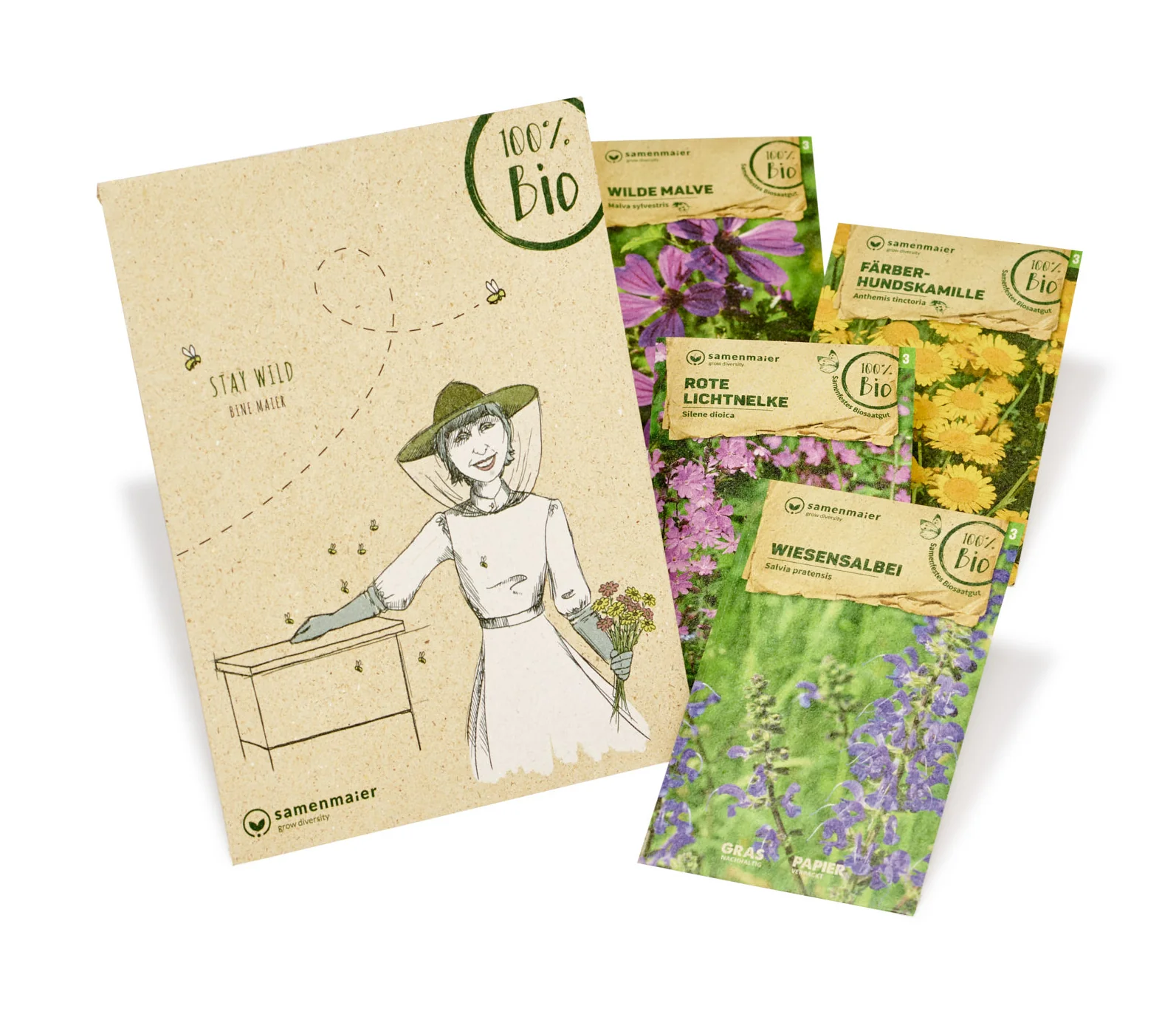What are indicator plants?
Pointer plants as an aid
Indicator plants are important bioindicators. This means that they can be used to detect environmental changes such as climate change, soil or air pollution. They are better adapted to certain conditions than many other plants, but what exactly does this have to do with gardening? These plants, which "show" you what kind of location it is, are called indicator plants. If you want to create a new garden or reuse an old one that has been left fallow, they can help you to characterize your soil. Air and light conditions are also reflected in the species present. So
Indicator plants for sandy, light soil
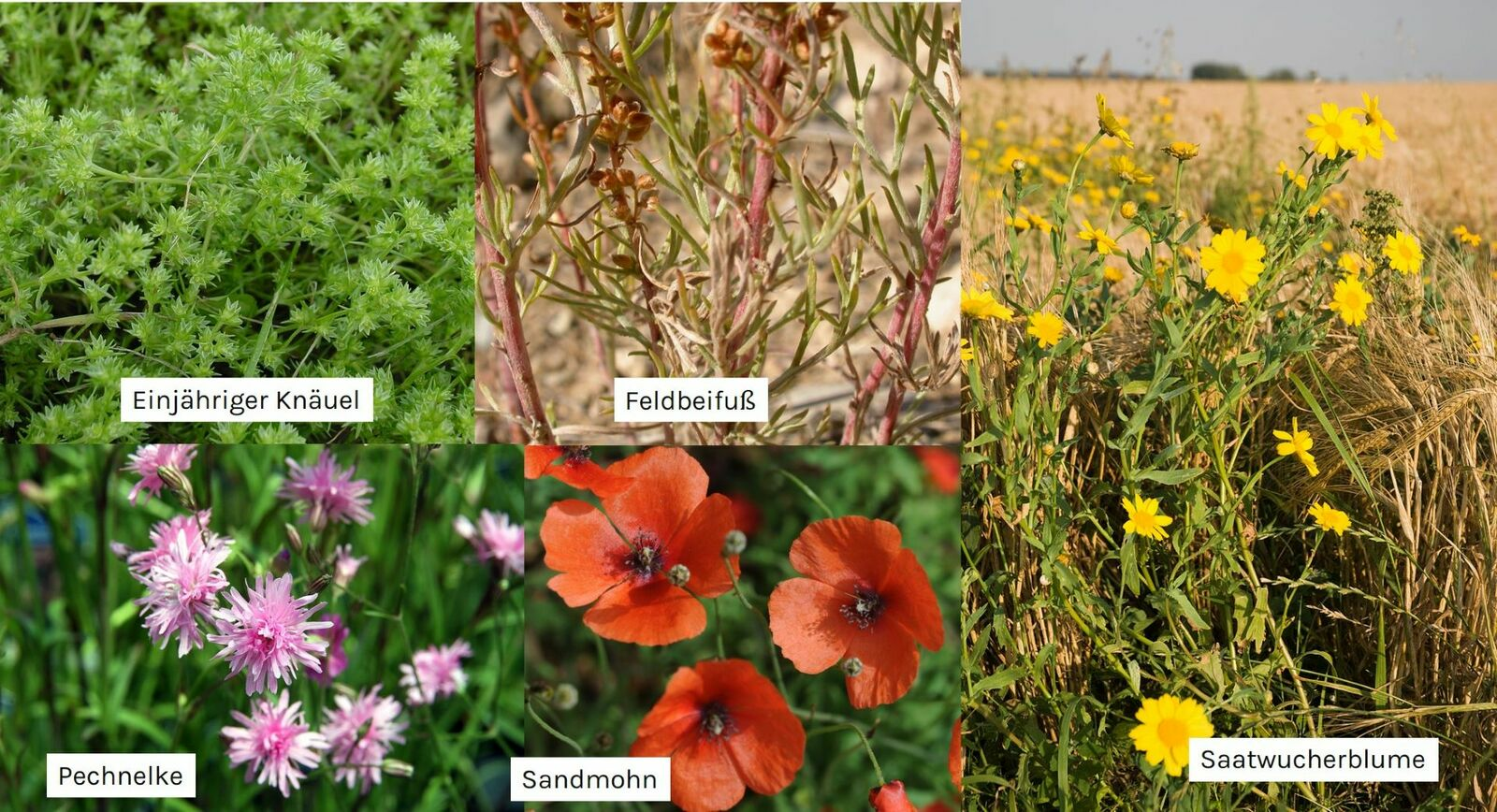
A sandy soil has relatively large particles and is usually a well-aerated, loose soil. Sandy soils have several advantages: The loose soil can be worked well all year round, weeds can often be removed effortlessly, there is hardly any waterlogging and the soil warms up quickly in spring. However, the soil is less good at storing water as it seeps away quickly through the large pores. Examples of indicator plants: - Wild plants: Field mugwort, pitch carnation, seedwort - Herbs: savory, borage, lavender - Vegetables: beans, horseradish, asparagus
Indicator plants for heavy, compacted garden soil
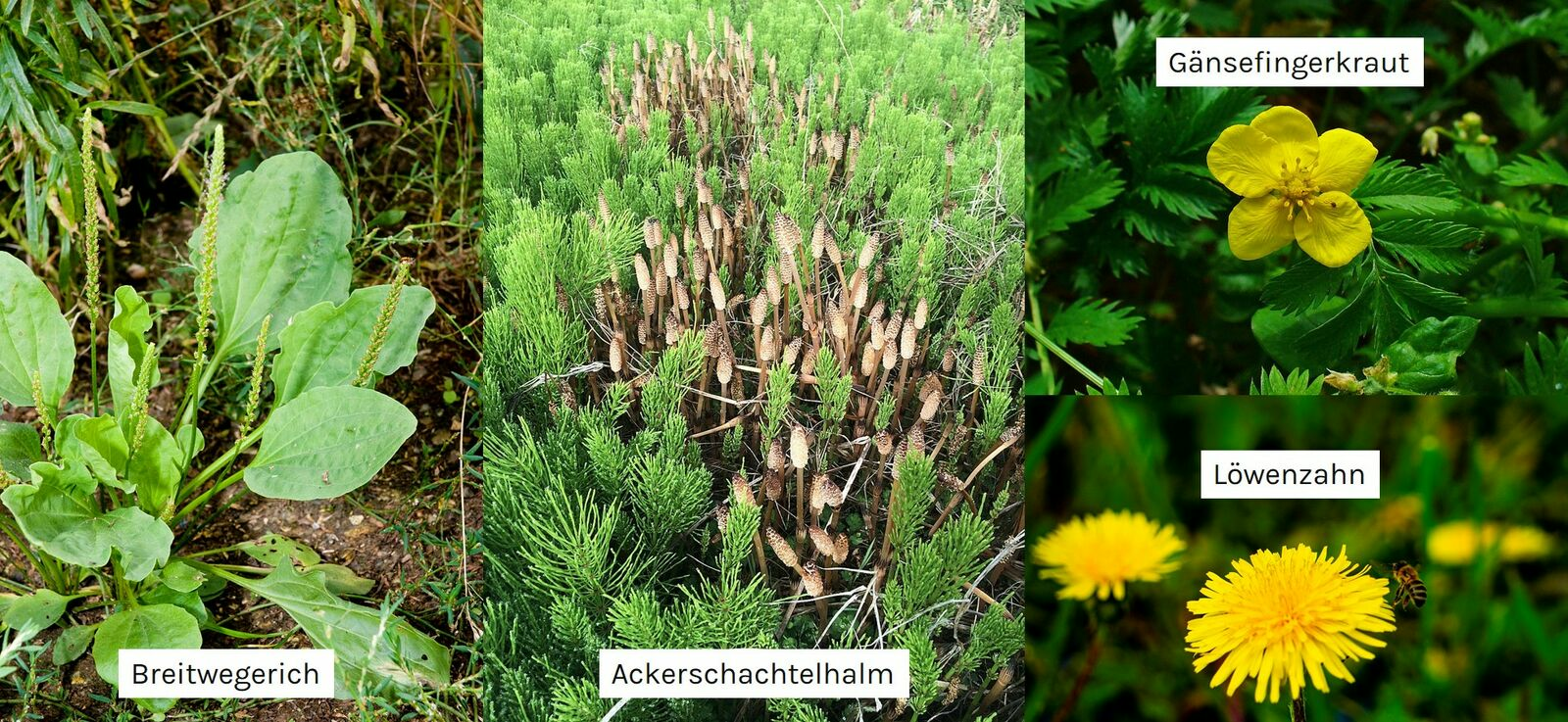
Heavy and therefore often compacted soils have a high clay content. This means that many of the soil particles belong to the smallest size fraction. This creates tiny fine pores, which allow very little oxygen into the soil. The small particles are strongly bound together, making it difficult for many plant roots to work their way through the solid soil. Examples of indicator plants: - Wild plants: Field horsetail, broadleaf plantain, dandelion - Herbs: parsley, mint - Vegetables: bush beans, cabbage, tomatoes
Indicator plants: Examples of nitrogen-rich soils
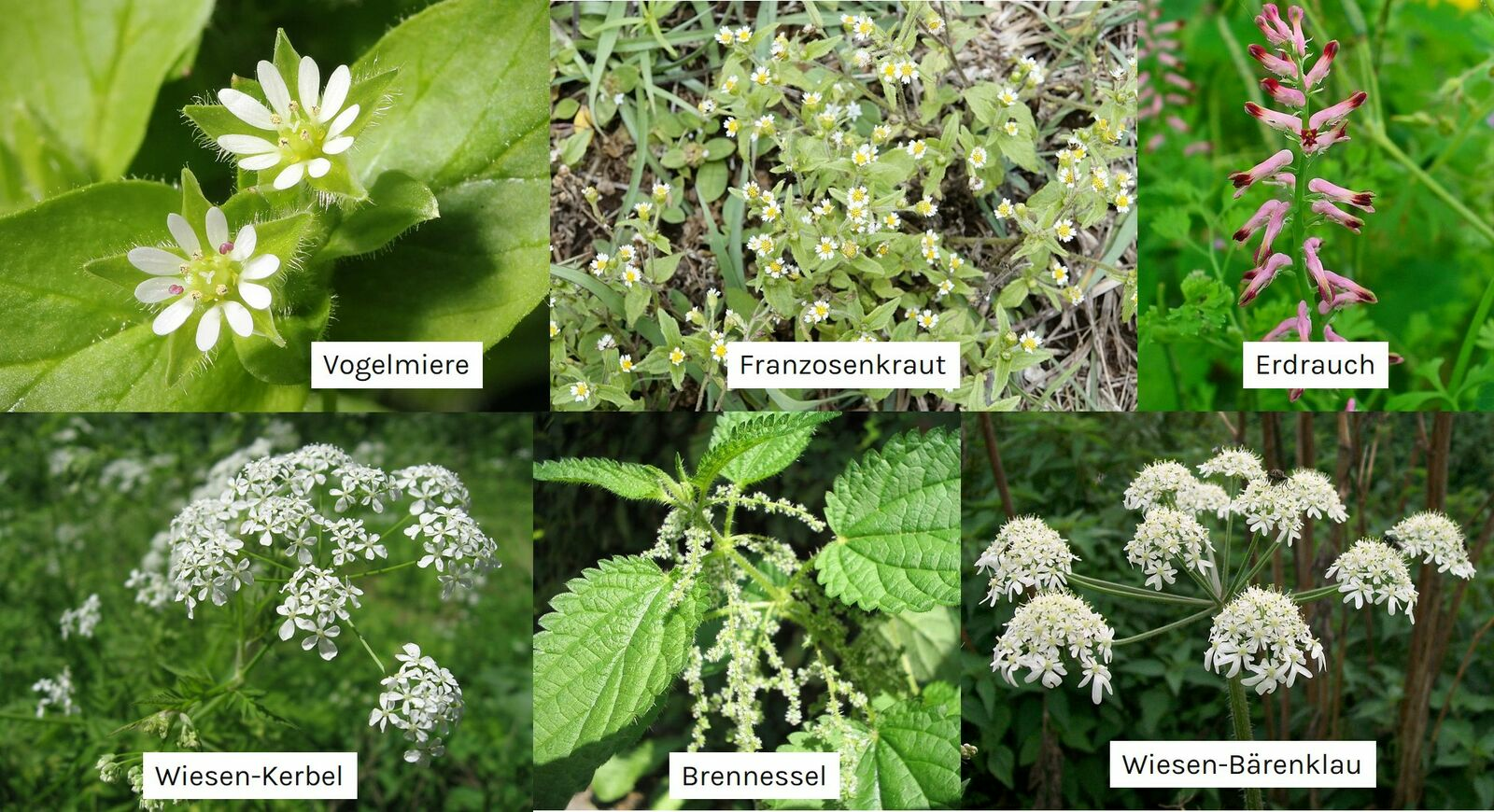
A high nitrogen content means that plants with a high nutrient content in particular can thrive. Nitrogen-rich sites are often dominated by a few plants that are particularly competitive. Examples of indicator plants: - Wild herbs: nettle, shepherd's purse, chickweed - Vegetable plants: Cucumber, potato, pumpkin
Examples of indicator plants: Nitrogen-poor soils

Nitrogen-poor soils need more organic matter or other, preferably organic, fertilization measures. Every plant needs sufficient nitrogen in order to thrive. Most crops often have a particularly high requirement. Some weak growers can still thrive on low-nitrogen soils if you combine them with legumes such as beans. Examples of indicator plants: - Wild plants: Dog chamomile, quendel, wild carrot - Herbs: lavender, rosemary, sage
Indicator plants: Acidic soil
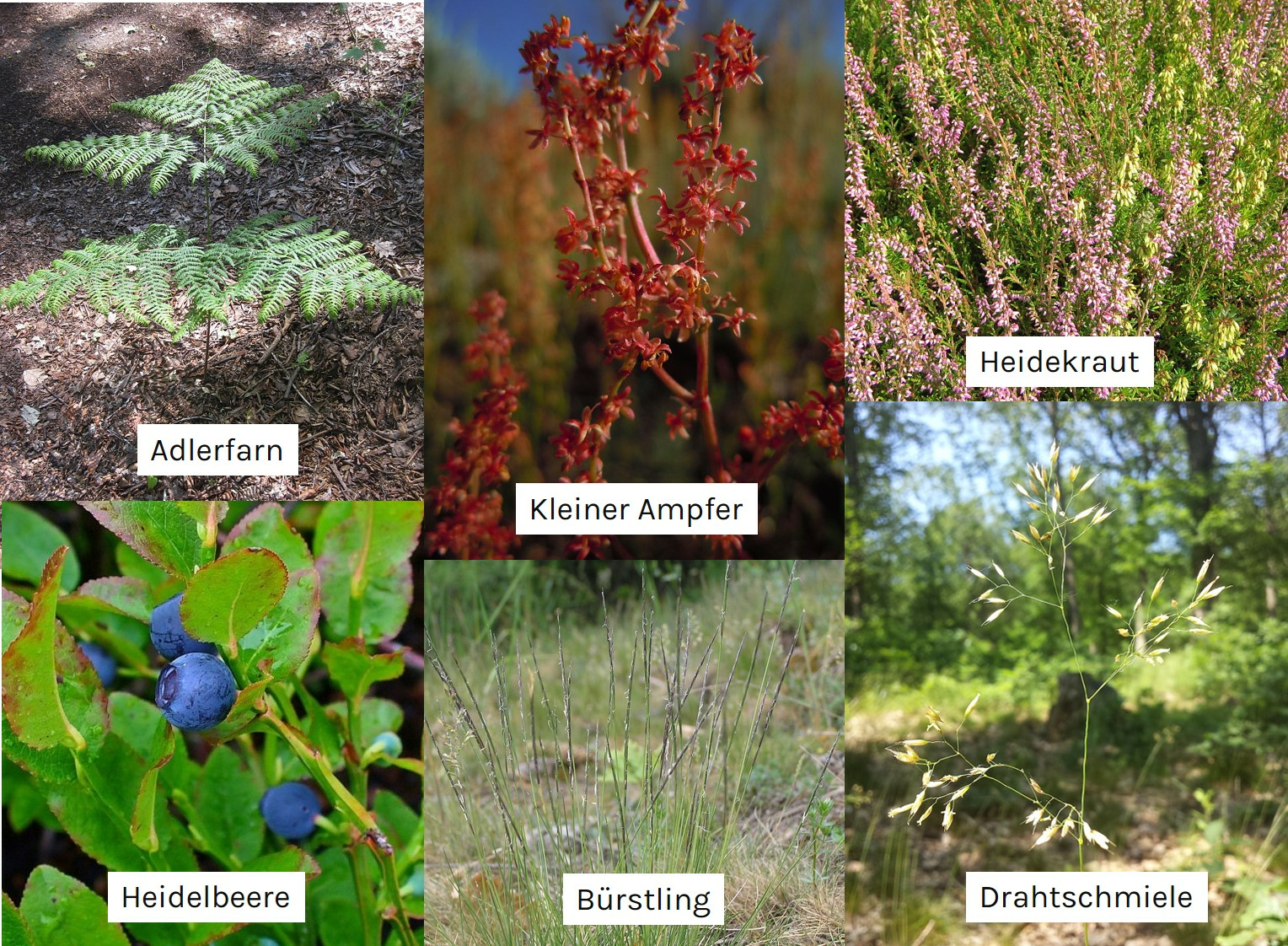
Some soils are naturally acidic. Acidic means that the pH value of the soil is low. Many vegetables prefer a slightly acidic soil pH. However, if the following plants are growing in your garden, the soil is a little too acidic for a successful vegetable harvest. Examples of indicator plants: - Wild plants: Bracken, brushwood, heather - Berries: Blueberries, cranberries, kiwis
Indicator plants for calcareous soil
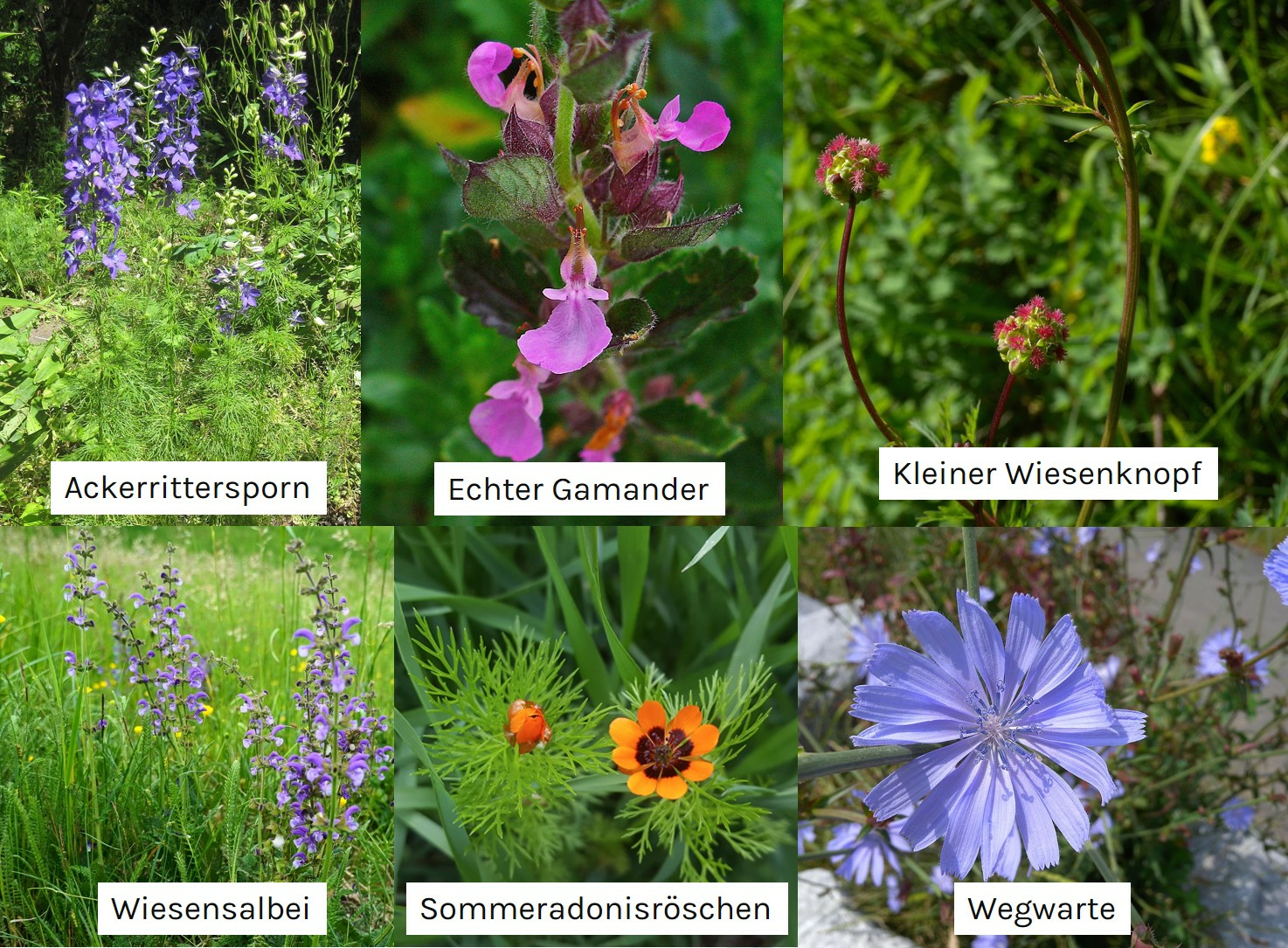
Lime-rich soils have a high pH value (over 7). A lot of lime in soils ensures that the nutrient salts are dissolved in the water, which quickly leads to leaching. This is why calcareous soils tend to be poor in nutrients. Examples of indicator plants: - Wild plants: Field knapweed, common gamander, chicory - Herbs: lavender, parsley - Vegetable plants: carrots, chard, beet


